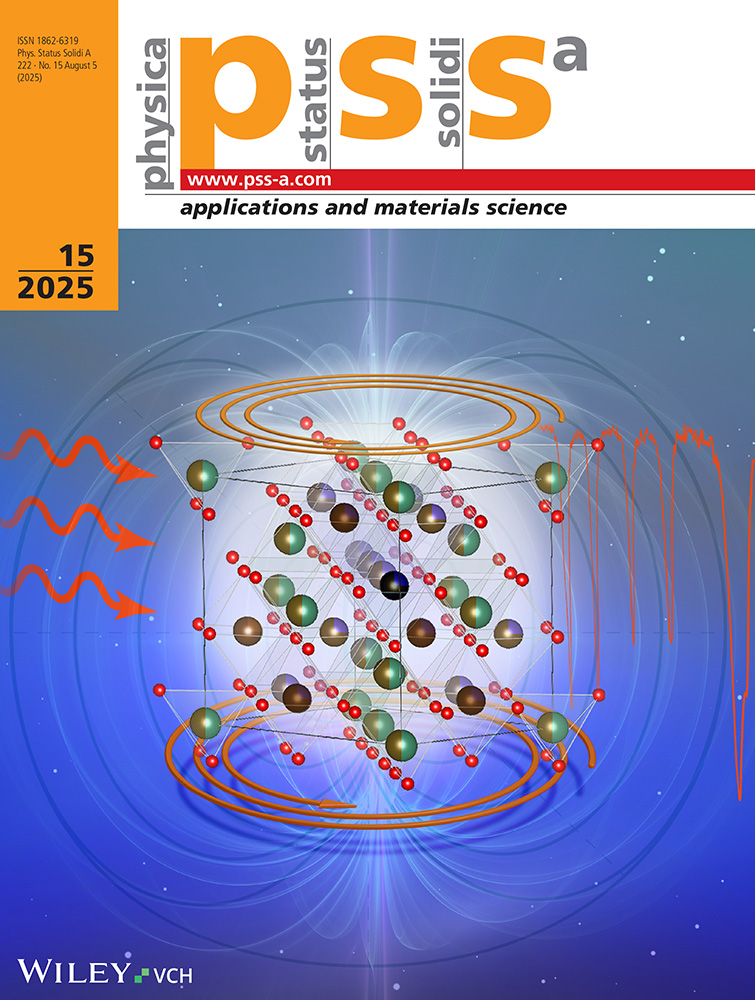Raman and Modulation Spectroscopy at II–VI Semiconductor Interfaces
Abstract
The structural and electronic properties of semiconductor interfaces crucially influence the behaviour of modern nanoscale heterostructures. We apply optical spectroscopy (Raman spectroscopy and electroreflectance (ER)) with special reference to the interface-induced vibronic signature and electronic interband transitions in wide-band gap II–VI materials. This material system allows the combination of materials with extremely different vibronic and electronic properties, which have to be matched at the interfaces. As examples we present the analysis of ZnSe/BeTe superlattices (SL) and CdSe monolayers, embedded between BeTe barriers, grown on GaAs(100) substrates. Both systems exhibit type II electronic band alignment with a rather high valence band offset of about 1 eV and an electron confinement potential in the range of 2 eV. Since these II–VI compounds contain no common elements, two types of interface bond configurations are possible: either Be–Se or Zn–Te (Cd–Te). We show that the properties of the type-II spatially indirect transition are completely governed by this interface layer. The normal and inverted electronic interface signature can be addressed individually in ER by applying an external dc electric field or by using polarised light with polarisation either along the [110] or [ 10] direction. In addition the chemical nature of the interface is analysed, using its phonon properties in Raman spectroscopy: They are completely altered for different interface bonding conditions in the case of embedded monolayers. Moreover, the ER results from the epilayers are also used for the deduction of the band offset at the interface substrate–epilayer and Schottky barrier of the outer interfaces (epilayer–metal).
10] direction. In addition the chemical nature of the interface is analysed, using its phonon properties in Raman spectroscopy: They are completely altered for different interface bonding conditions in the case of embedded monolayers. Moreover, the ER results from the epilayers are also used for the deduction of the band offset at the interface substrate–epilayer and Schottky barrier of the outer interfaces (epilayer–metal).




